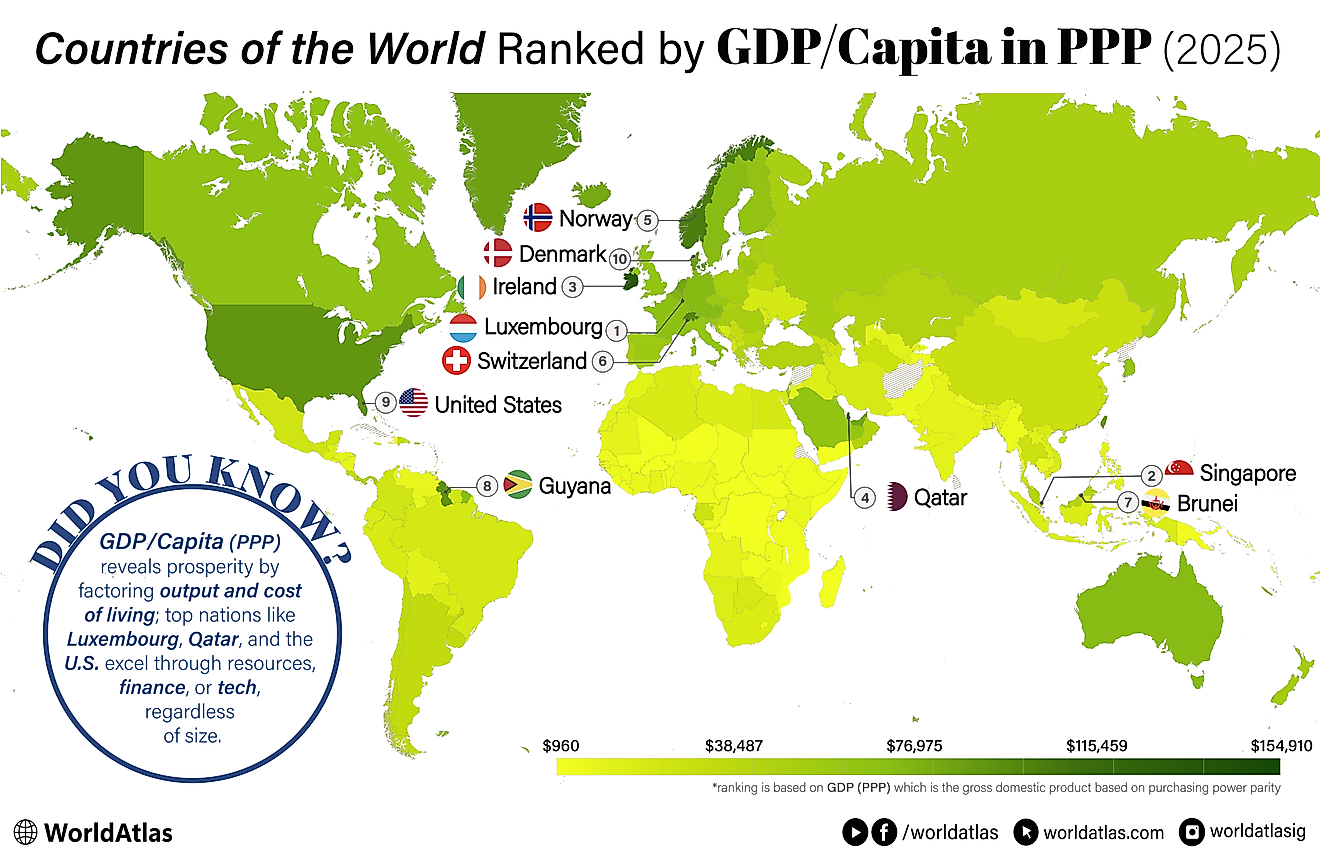What Are The Major Natural Resources Of The Central African Republic?

The Central African Republic (CAR) is a sovereign state located in Central Africa. The large part of the country lies within the Sudano-Guinea Savannah, and part of it lies within the Sahelo Sudanian zone particularly in the northern part while the equatorial forest covers the southern part of the country. The country is categorized as one of the least developed countries in the world, and as of 2014, its per capita income based on purchasing power parity was $547. CAR is largely an agricultural economy depending mainly on agriculture and forestry. The main food crops in the country include sorghum, sesame, corn, peanuts, cassava, millet, and plantains. The primary cash crops include tobacco, coffee, and cotton. The country also has deposits of minerals such as gold, diamonds, and uranium among others.
Fertile Land
The Central African Republic has a huge amount of arable land suitable for agriculture, and as a result, the agriculture sector employs about four-fifths of the country’s workforce and contributes more than half the of the GDP. Cassava is the most popular subsistence crop in the country, and farmers produce about 500,000 of the crop every year, which is more than the combined output of corn, rice, sorghum, and millet.
Forests
The CAR was at one time home to Africa’s 3rd largest rainforest, but presently the forest cover is only 36% of the country’s land area. Only a small portion of the forest in the country can be considered as primary forest because most of it has been heavily logged. However, the country is not among Africa’s attractive sources of timber. Some of the popular trees for timber in the country include Aniegré, Ayous, iroko, Sapelli, and Sipo. Most of the wood in the country is shipped to Europe and timber exports account for 16% of all export earnings.
Minerals
The CAR has numerous minerals such as gold, copper, diamonds, graphite, iron ore, ilmenite, kaolin, lignite, kyanite, limestone, monazite, tin, manganese, quartz, salt, rutile, and uranium among others. As of 2016, only diamonds and gold were mined in the country, and according to the world trade organization, mining in the country accounted for 7% of the GDP. Diamonds and gold mining in the country are mined in Haute-Sangha, Haute-Kotto, and Berberati.
Fish
Fish is among the country’s natural resources, and it is widely carried out on the rivers of the Central African Republic. Most of the fish caught on the Ubangi River are traded with the DRC. The government introduced fish farming in the country in 1950, and by 1968 there were about 12,000 fish ponds in different parts of the country.











